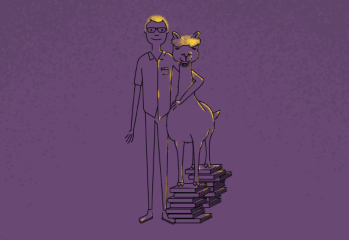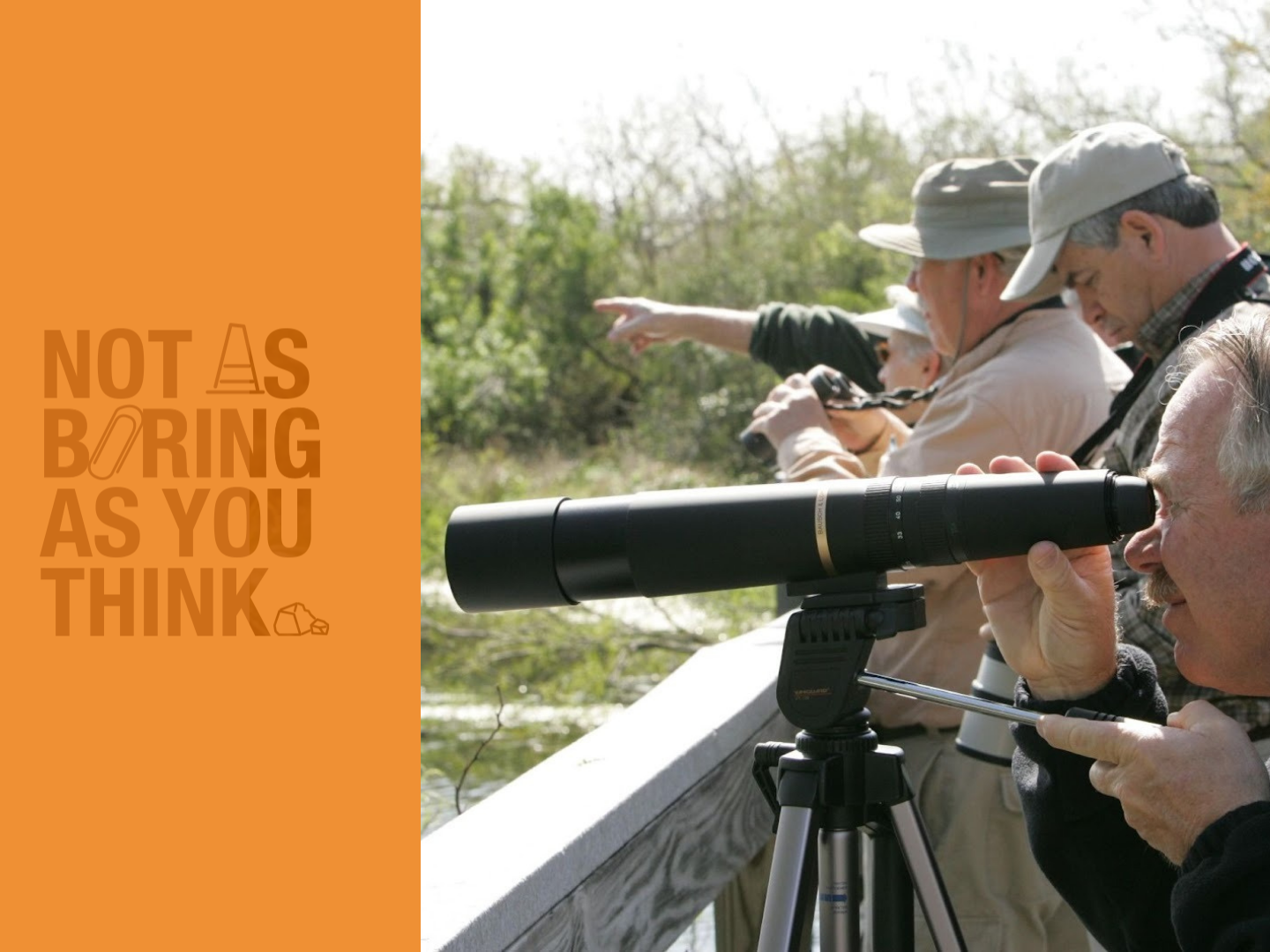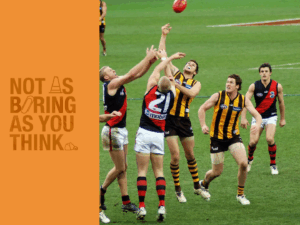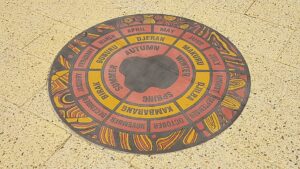Birds have always been part of our culture – as artistic inspiration and religious and spiritual symbols (like totems), to name a few.
They also provide crucial ecosystem services like pollination and seed dispersal.
This fascination, along with the desire to better understand them, led humans to hunt birds for centuries – until birdwatching came into the picture.
After all, watching birds in their natural environments can help us understand their behaviours and numbers without harming them.
BIRDS OF A FEATHER
Bird lovers come in many forms.
If you enjoy spotting birds while outside or from the comfort of your home – not necessarily actively looking for them or while absorbed in your day-to-day activities – you’re more of a birdwatcher.
A birder, on the other hand, is someone who actively looks for birds, often equipped with fancy binoculars and sound recordings. They rigorously document the birds they see and can identify birds by sound as well as sight.

Credit: Alberto Masnovo/Getty Images
Then there are twitchers. These hard-core bird nerds go to great lengths (literally!) to spot rare species. To them, it’s all about the pursuit and the joy of crossing that elusive bird off their list.
But anyone can reap the benefits of looking for birds.
LURKING FOR SCIENCE
In its simplest form, birdwatching can be done by almost anyone anywhere and can make significant contributions to science.
Citizen scientists can record their sightings on platforms like eBird to help keep track of bird numbers and population changes, which can help guide conservation priorities.
Birdwatchers have also helped rediscover species once thought to be extinct.
According to the Search for Lost Birds initiative, a lost bird is one that hasn’t been seen, recorded or photographed in over 10 years.
However, birdwatchers are helping to remove species from the list of lost birds all over the world, including the black-naped pheasant-pigeon in Papua New Guinea (lost from 1896 until 2022!) and the Santa Marta sabrewing in Colombia.

Credit: Ltshears via Wikimedia Commons (CC BY-SA 4.0)
All it takes is a willingness to have a closer look.









